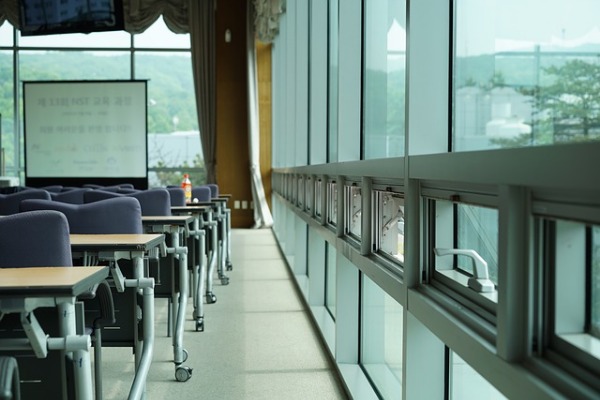Credit Hours and Personalized Learning
 Credit hours are something that still wield a lot of power in education. It plays a role in high schools, but it really rules in higher education.
Credit hours are something that still wield a lot of power in education. It plays a role in high schools, but it really rules in higher education.
Credit hours were once known as Carnegie Units. It goes back to 1906, but it was not designed as a way of measuring learning. It was meant as a method to calculate faculty workloads in order to formulate pensions.
Earlier, admission to colleges was by examinations which varied greatly among colleges, but the method was unreliable. Charles W. Eliot at Harvard University devised a contact-hour standard for secondary education, and also the original credit-hour collegiate post-secondary standard. This is where we get our 3 credit course based on 3 contact hours per week. But the widespread adoption of the 120-hour secondary standard did not occur until the Carnegie Foundation began to provide retirement pensions (now known as TIAA-CREF) for university professors. A stipulation of the pensions was that the universities needed to enforce the 120-hour secondary standard in their admissions.
It only took four years for nearly all secondary institutions in the United States to use the "Carnegie Unit" as a measure of secondary course work.
The Carnegie Foundation also established that both high school preparation and college "work" would include a minimum of four years of study. But the Carnegie Foundation did not intend the Units to "measure, inform or improve the quality of teaching or learning."
Unfortunately, the credit hour became the standard way to measure the student's workload and progress through those four years in secondary and higher education. Should these credit units be revised or abandoned?
The Carnegie Foundation said in 2012 that "technology has revealed the potential of personalized learning," and that "it is time to consider how a revised unit, based on competency rather than time, could improve teaching and learning in high schools, colleges and universities."Personalized learning is sometimes suggested as a way to replace the Carnegie Unit and credit hours because it could be based on competency rather than time
But what personalized learning means seems to vary by practitioner. Even the term used to describe the practice varies. Personalized learning is sometimes called individualized instruction, differentiated instruction, direct instruction or a personal learning environment. Though they are not all the same things, they are all used to describe education that is adjusted to meet the needs of different students.
Edutopia published an article on several "myths" about personalized learning that are worth considering in any discussion of changing the way we measure workload and progress.
Because many efforts in personalized learning in the 21st century involved computers and software that allowed students to work at their own pace, personalized learning is associated with technology-based instruction.
The "personalized" part of learning is often thought to mean that students work independently. In a class of 25 students it is unlikely that there will need to be 25 distinct learning paths. Students will often work on collaborative competencies along with individual competencies focused on content and skills. Student interests shared with others in the classroom will form affinity groups for group projects and learning experiences.
Personalized learning is about learners moving at their own pace which is why students demonstrating mastery of content fits into a competency-based system.
Truly personalized learning also involves learners in setting goals and being involved in the planning and learning process. This may be the most radically different aspect of personalized learning. It is very "student-centered" so learners can select their resources and explore different ways to learn in flexible learning spaces. They may also connect their learning to their interests and passions, and even have a voice in how their learning will be assessed.
What has not changed in most personalized learning settings today are the competencies that must be met.
Personalized learning allows for self-pacing, but when students move through competencies at different speeds "credit hours" are irrelevant. If one student moves through a course set of competencies in half the "normal" time should they receive all or half the credit. Obviously, they should receive all the credit. What if they move through all the competencies in a program (degree) in two years? Do they graduate?
Personalized learning is an approach to learning — not a set program. And it is still being formulated and experimented with at different grade levels. But our learning experiments should be combined with experimentation in how we measure movement through learning.
Trackbacks
Trackback specific URI for this entryThe author does not allow comments to this entry
Comments
No comments